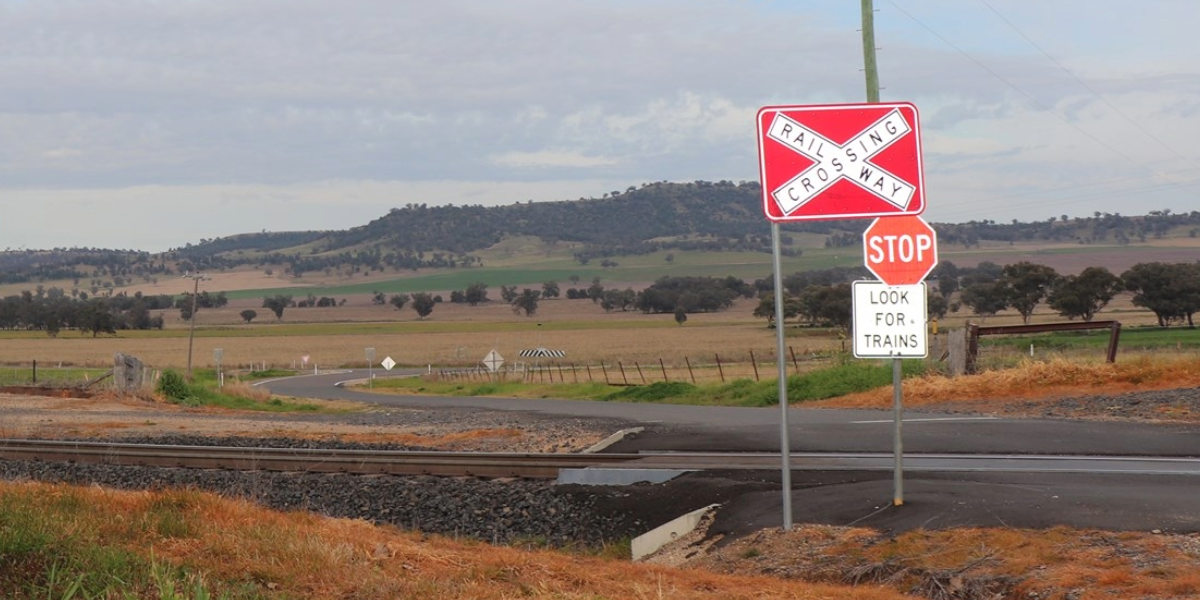Work has begun to upgrade a dangerous level crossing south of Quirindi as part of a $1.2 million trial aimed at improving level crossing safety in regional and remote areas.
The Callaghans Lane crossing, located five kilometres south of Quirindi, is the first site in New South Wales to be fitted with the new RAXS system — a solar-powered, wireless, train-activated technology designed to convert passive crossings into active ones.
The crossing was selected following a fatal crash in August 2023, when a local man was killed after his ute was struck by a northbound Xplorer passenger train. Although none of the 120 passengers and crew were injured, they were stranded on board for more than five hours.
Member for Tamworth Kevin Anderson said the tragedy prompted immediate calls from the community for action.
“Any death on our roads is a tragedy for families and local communities which is why the government must do everything they can to make dangerous rail crossings safer,” Mr Anderson said.
“Following a tragic fatal accident at the Callaghans Lane crossing, the local community contacted me deeply concerned about safety, with limited visibility and a growing number of vehicles using the road.”
Anderson said he lobbied the government for upgrades, which led to the announcement of the RAXS trial, including flashing lights and advance warning signage automatically triggered by approaching trains.
“I’ve been keeping the pressure on since that announcement, ensuring that work begins as soon as possible,” he said.
He said that the work has begun was very welcome news for the local community.
The RAXS system — developed by Rail Safety Systems (RSS) — uses modular, low-cost wireless technology to activate lights and bells when a train is approaching. Unlike conventional level crossings, it is solar-powered and easier to install, offering a cheaper, faster alternative for rural and remote areas.
In the event of a system fault, RAXS automatically reverts to passive signage to maintain safety.
Transport for NSW is running the trial in partnership with the Australian Rail Track Corporation (ARTC) and RSS. The NSW Government is contributing $715,000 to the trial, while the remaining $500,000 is funded through the Australian Government’s Regional Australia Level Crossing Safety Program.
Local road and track works were completed earlier this year in preparation for the system, with the final installation now underway. Work is scheduled between 7am and 5pm daily, including weekends, until 25 July. The crossing will remain open to vehicles throughout this period.
Before the new system is made live, it will undergo extensive testing to confirm its safety, reliability, and visibility. The full trial will continue until mid-2026.
Read all the way through to the end of the story? So did lots of other people. Advertise with New England Times to reach New England locals who are interested and engaged. Find out more here.

